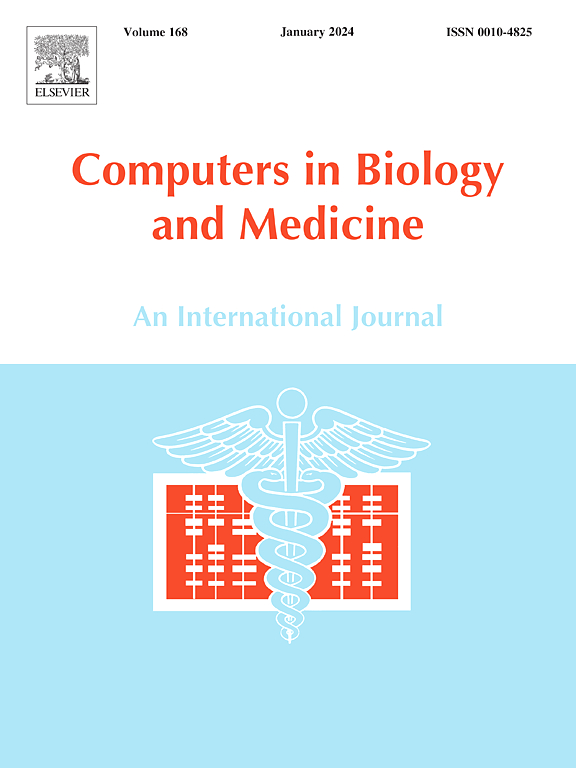理想化和现实上呼吸道几何形状中的流动行为
IF 7
2区 医学
Q1 BIOLOGY
引用次数: 0
摘要
本研究研究了理想和现实上呼吸道模型在口服吸入过程中的流动特性,重点研究了它们复制影响药物气溶胶输送的气流动力学和湍流的能力。虽然理想的气道模型,如美国药典(USP)模型,广泛用于调节测试,但它们缺乏解剖保真度,可能低估了关键特征,包括喉射流形成,这对准确的颗粒沉积预测至关重要。在吸入速率为15和30 L/min时,使用大涡模拟(LES)来理解理想化和现实模型的含义。分析了四种气道模型:USP模型、弗吉尼亚联邦大学(VCU)模型和两种基于健康成人CT扫描重建的真实模型。研究结果揭示了USP模型的局限性,而VCU模型与现实模型相比,显示了喉部射流的层流行为,其量级较低。现实模型(R01和R02)表现出更复杂的流动特征,包括更早的喉射流形成,强调了理解理想化模型的局限性和现实模型之间差异的重要性。本文章由计算机程序翻译,如有差异,请以英文原文为准。

Flow behavior in idealized & realistic upper airway geometries
This study investigated the flow characteristics in idealized and realistic upper airway models during oral inhalation, focusing on their ability to replicate airflow dynamics and turbulence that impact pharmaceutical aerosol delivery. While idealized airway models, such as the United States Pharmacopeia (USP) model, are widely used in regulatory testing, they lack anatomical fidelity, potentially underestimating critical features, including the laryngeal jet formation, which are essential for accurate particle deposition predictions. Understanding the implications of idealized and realistic models is addressed using Large Eddy Simulations (LES) at inhalation rates of 15 and 30 L/min. Four airway models were analyzed: the USP model, the Virginia Commonwealth University (VCU) model, and two realistic models reconstructed from CT scans of healthy adults. The findings revealed the limitations of the USP model, while the VCU models demonstrated laminar flow behavior with a laryngeal jet with a lower magnitude compared to the realistic models. The realistic models (R01 and R02) exhibited more complex flow features, including an earlier laryngeal jet formation, emphasizing the importance in understanding the limitations of idealized models and the variations between realistic models.
求助全文
通过发布文献求助,成功后即可免费获取论文全文。
去求助
来源期刊

Computers in biology and medicine
工程技术-工程:生物医学
CiteScore
11.70
自引率
10.40%
发文量
1086
审稿时长
74 days
期刊介绍:
Computers in Biology and Medicine is an international forum for sharing groundbreaking advancements in the use of computers in bioscience and medicine. This journal serves as a medium for communicating essential research, instruction, ideas, and information regarding the rapidly evolving field of computer applications in these domains. By encouraging the exchange of knowledge, we aim to facilitate progress and innovation in the utilization of computers in biology and medicine.
 求助内容:
求助内容: 应助结果提醒方式:
应助结果提醒方式:


